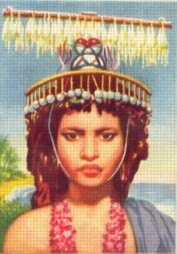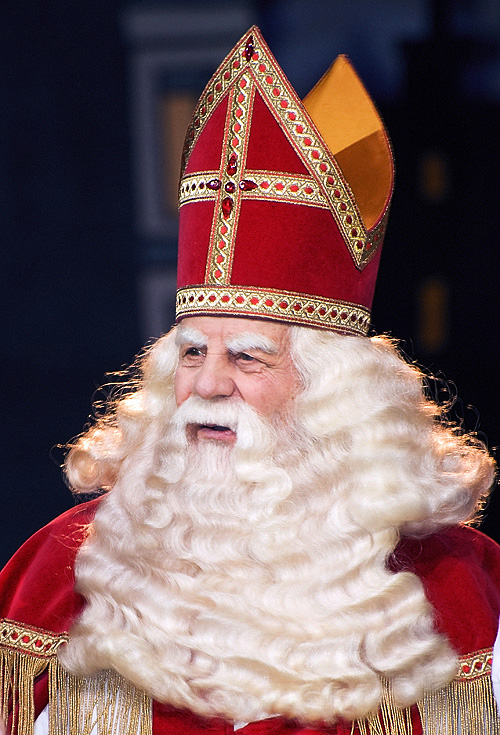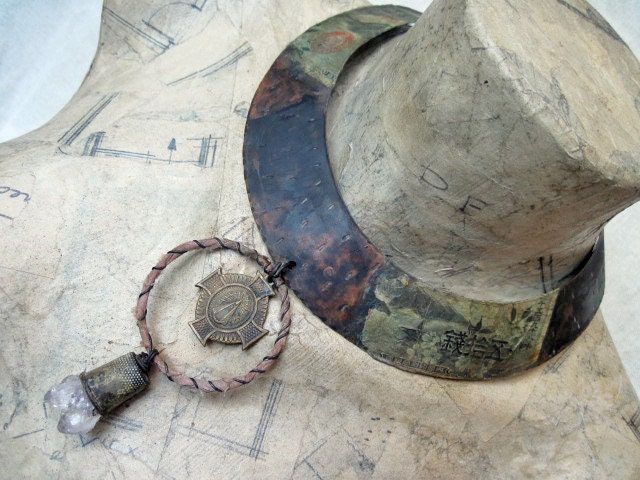| Ricardo André Frantz |
I never do anything holiday-related here. So I looked up the history of Christmas and whittled it down to the following:
The earliest known mention of Christmas as the day of Jesus' birth was in the Chronography of 354 AD, an illuminated manuscript compiled in Rome. In this manuscript the date is also given as that of the winter solstice. Lack of any other, earlier, or more detailed records of this date as a solstice celebration put into question the commonly held notion that a pagan holiday preceded Christmas.
 |
| Medieval Christmas Feast |
Following the Protestant Reformation, groups such as the Puritans strongly condemned the celebration of Christmas, considering it a Catholic or papal invention. The Catholic Church responded by promoting the festival, which had become a time for drunken and rowdy parties, in a more religiously oriented form. Following the English Civil War, England's Puritan rulers banned Christmas in 1647. Protests followed as pro-Christmas rioting broke out in several cities and for weeks Canterbury was controlled by the rioters, who decorated doorways with holly and shouted royalist slogans. The book, The Vindication of Christmas (London, 1652), argued against the Puritans, and makes note of Old English Christmas traditions: dinner, roast apples on the fire, card playing, dances with "plow-boys" and "maidservants," and carol singing/dancing. The Restoration of King Charles II in 1660 ended the ban, but many clergymen still disapproved of Christmas celebration. In Scotland, the Presbyterian Church of Scotland also discouraged observance of Christmas. James VI commanded its celebration in 1618, however attendance at church was scant.
By the 1820s, sectarian tension had eased in Britain and writers, including William Winstanly, began to worry that Christmas was dying out. These writers imagined Tudor Christmas as a time of heartfelt celebration, and efforts were made to revive the holiday.
A note for those offended at the abbreviation Xmas as taking the 'Christ' out of Christmas: In Greek, the letter Χ (chi), is the first letter of Christ, and it, or the similar Roman letter X, has been used as an abbreviation for Christ since the mid-16th century. Hence, Xmas is sometimes used as an abbreviation for Christmas.
Sinterklaas is a traditional Winter holiday figure in the Netherlands, Belgium, Aruba, Suriname, Curacao, Bonaire, and Indonesia; he is celebrated annually on Saint Nicholas' eve, December 5th. The feast celebrates the name day of Saint Nicholas, patron saint of children, sailors, and the city of Amsterdam, among others. Sinterklaas is the basis of the mythical holiday figure of Santa Claus in the United States and Canada.






































































1 comment:
Wishing you wonderful holidays, Fanci. Best of everything and lots of time to create!
Post a Comment